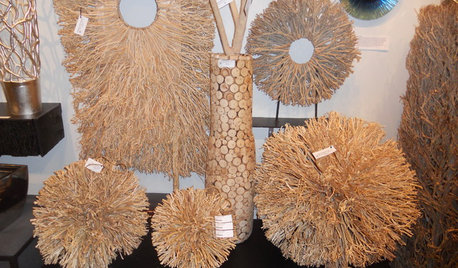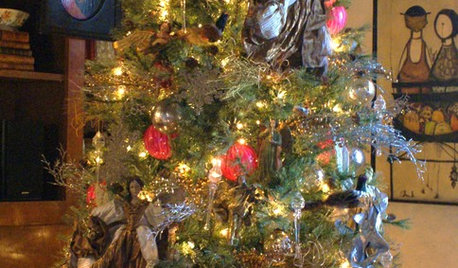Help w/ Ficus Tree Dying branch by branch
jennykaye
13 years ago
Featured Answer
Comments (11)
tapla (mid-Michigan, USDA z5b-6a)
13 years agolast modified: 9 years agoRelated Professionals
Cottonwood Landscape Architects & Landscape Designers · Fort Lee Landscape Architects & Landscape Designers · Lakewood Landscape Architects & Landscape Designers · Summit Landscape Architects & Landscape Designers · Goodyear Landscape Contractors · Davidson Landscape Contractors · Fort Payne Landscape Contractors · Haverhill Landscape Contractors · Hoover Landscape Contractors · Kailua Landscape Contractors · Lewisville Landscape Contractors · Midland Landscape Contractors · Northbridge Landscape Contractors · Suitland Landscape Contractors · Centerville Interior Designers & Decoratorsjennykaye
13 years agolast modified: 9 years agogreenman28 NorCal 7b/8a
13 years agolast modified: 9 years agotapla (mid-Michigan, USDA z5b-6a)
13 years agolast modified: 9 years agojennykaye
13 years agolast modified: 9 years agotapla (mid-Michigan, USDA z5b-6a)
13 years agolast modified: 9 years agojojosplants
13 years agolast modified: 9 years agotapla (mid-Michigan, USDA z5b-6a)
13 years agolast modified: 9 years agojojosplants
13 years agolast modified: 9 years agogreenman28 NorCal 7b/8a
13 years agolast modified: 9 years ago
Related Stories

LIGHTINGStick to Branches for Naturally Beautiful Lighting
When you combine trees and technology, your lighting is as organic as it is versatile
Full Story
ACCESSORIESHigh Point Market Branches Out Into Natural Decor
Branches, driftwood, shells and sustainable materials were big trends in decor items at the 2012 High Point Market. Take a peek here
Full Story
HOLIDAYSHouzz Call: Show Us Your Christmas Tree!
How lovely are your branches? Post a picture and share your stories
Full Story
LIFEYou Said It: ‘Put It Back’ If It Won’t Help Your House, and More Wisdom
Highlights from the week include stopping clutter from getting past the door, fall planting ideas and a grandfather’s gift of love
Full Story
GARDENING GUIDESHow to Keep Your Citrus Trees Well Fed and Healthy
Ripe for some citrus fertilizer know-how? This mini guide will help your lemon, orange and grapefruit trees flourish
Full Story
GARDENING GUIDESTree Care: Common Tree Diseases and What to Do About Them
Learn to recognize trees that may be affected by diseases or pests so you can quickly take action
Full Story
GARDENING GUIDESHow to Keep Your Trees Healthy
Ensure your trees’ vigor for years to come with these tips for protecting roots, watering effectively and more
Full Story
SIDE YARD IDEASNarrow Trees for Tight Garden Spaces
Boost interest in a side yard or another space-challenged area with the fragrance and color of these columnar trees
Full Story
HOLIDAYSChristmas Tree Decorating the Painless Way
Holidays are for carols, not cussing. Make tree trimming less work and more fun with this guide at your side
Full Story
GARDENING GUIDES5 Best-Behaved Trees to Grace a Patio
Big enough for shade but small enough for easy care, these amiable trees mind their manners in a modest outdoor space
Full StoryMore Discussions









greenman28 NorCal 7b/8a